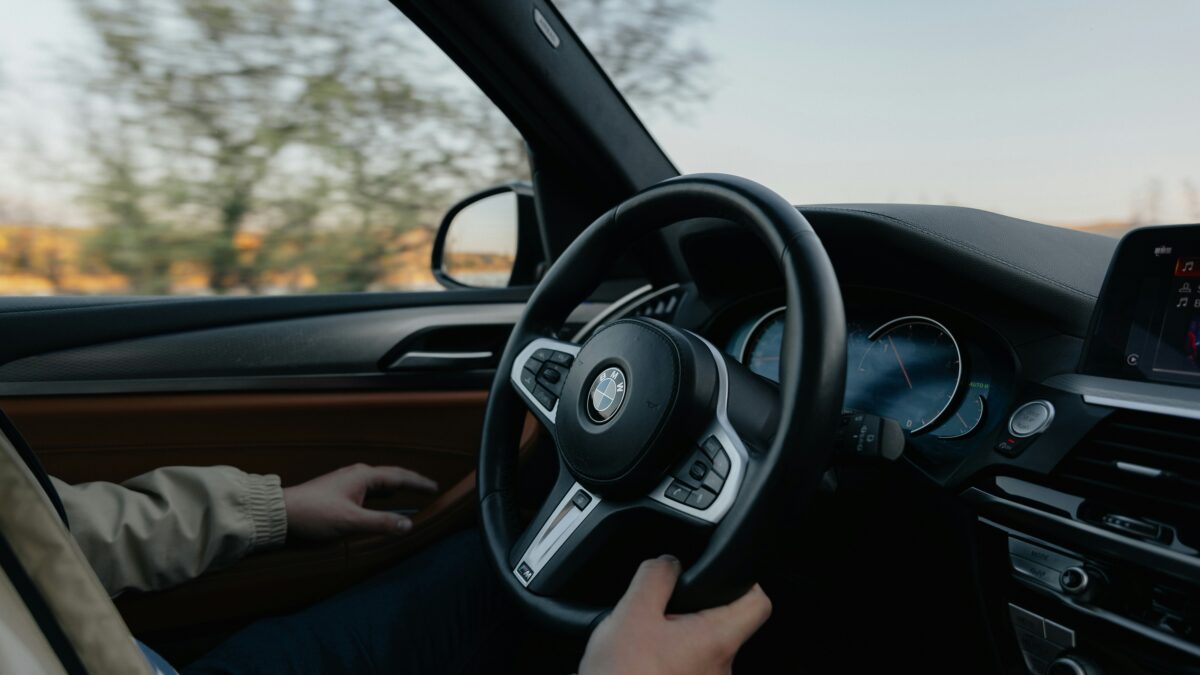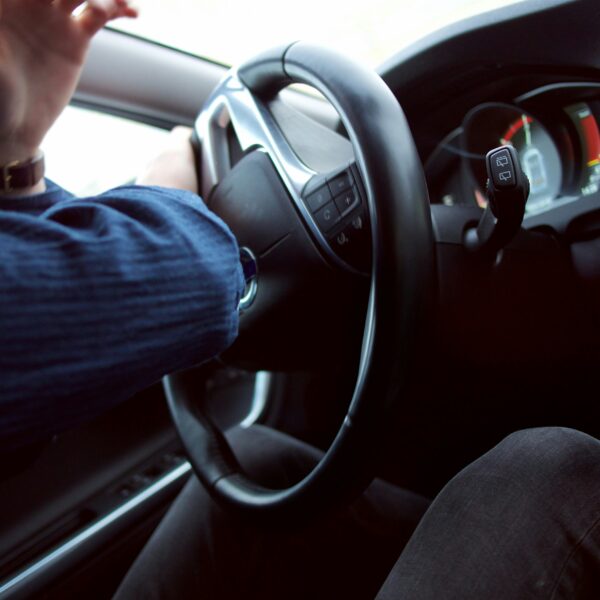Are Modern Muscle Cars Safe Enough?
Modern muscle cars don’t have the je ne sais quoi of a 1965 Shelby GT, but they do attract a number of buyers with a hankering for performance. Such models as the Dodge Challenger and Chevy Camaro ring a bell. If you’ve got speed on the mind, these modern muscles are your best options nowadays. You’ve got turbocharged engines, brag-worthy car tech, and even four door alternatives.
But hold up — what about safety? Back in the day, OG muscle cars weren’t designed for airbag protection or 5-star crash ratings. Instead, the automakers strived for 450 horsepower and preyed on the desires of young drivers in the 1960’s. Today speaks of another tune. Modern muscle cars capture the hearts of the everyday driver, some with families or loved ones in tow.
Although safety might not be your first concern, it should at least be a consideration when investing in a modern muscle car. These makes and models have transformed over the last few decades, but the question remains if they have caught up to modern safety acmes.
Are modern muscle cars really safe enough for the everyday driver?
The only way to properly measure modern muscle car safety would be to look at the facts. Thanks to the IIHS, we have yearly reports on crashworthiness, crash avoidance and mitigation, and other safety features. These reports anchor the automotive industry, helping to keep automakers accountable for passenger safety.
When evaluating the scores of a 2021 Chevrolet Camaro (2-door) and 2021 Ford Mustang (2-door), the results were relatively good besides a few weak areas. As for illustration, the Mustang received an Acceptable rating for small overlap front: driver side test. This means the driver is at higher risk of injury during a frontal crash. From the demonstration below, you’ll see that the airbag protection was adequate but the survival space was seriously damaged.
The 2021 two-door Dodge Challenger received a mixed bag of results, from marginal driver-side crash protection to acceptable head restraints and seats. The safety improves with the four-door model, but most modern muscle car drivers should be wary of the inner workings of a safety examination. Once again, the small overlap front: driver side test creates a compromised space within the vehicle despite their best efforts.
In today’s standards, modern muscle cars have failed to snag top-rated safety. There is often one or two scores holding them back from earning such notoriety. After all, LATCH ease of use receives marginal ratings in almost every model which is a danger to child safety. It’s the underlying crash details that you’ll want to make note of as a modern muscle driver. Hopefully in the near future, we’ll see these speed machines make better headway on safety.
In other words
In 2021, there’s not many vehicles being deemed unsafe. With the mounting pressure of national safety organizations, automakers have figured out the right moves to improve car safety across the board. That said, modern muscle cars aren’t earning the highest marks or accolades. Acceptable or marginal scores hinder these models from prevailing against competitors.
We’re not saying modern muscle cars fail to meet safety standards, but they do fall behind some high expectations. If you typically drive with others, you’ll want to consider safety more than performance. The roar of the engine is not all its cracked up to be if your passengers, specifically children, are at risk.
Are modern muscle cars safe enough? When evaluating the scores from a variety of modern muscle vehicles, it’s clear safety hasn’t improved much in the last five years. Although, it is leaps and bounds from where they once were. Today, there are still some less than desired scores that dissuade buyers.















